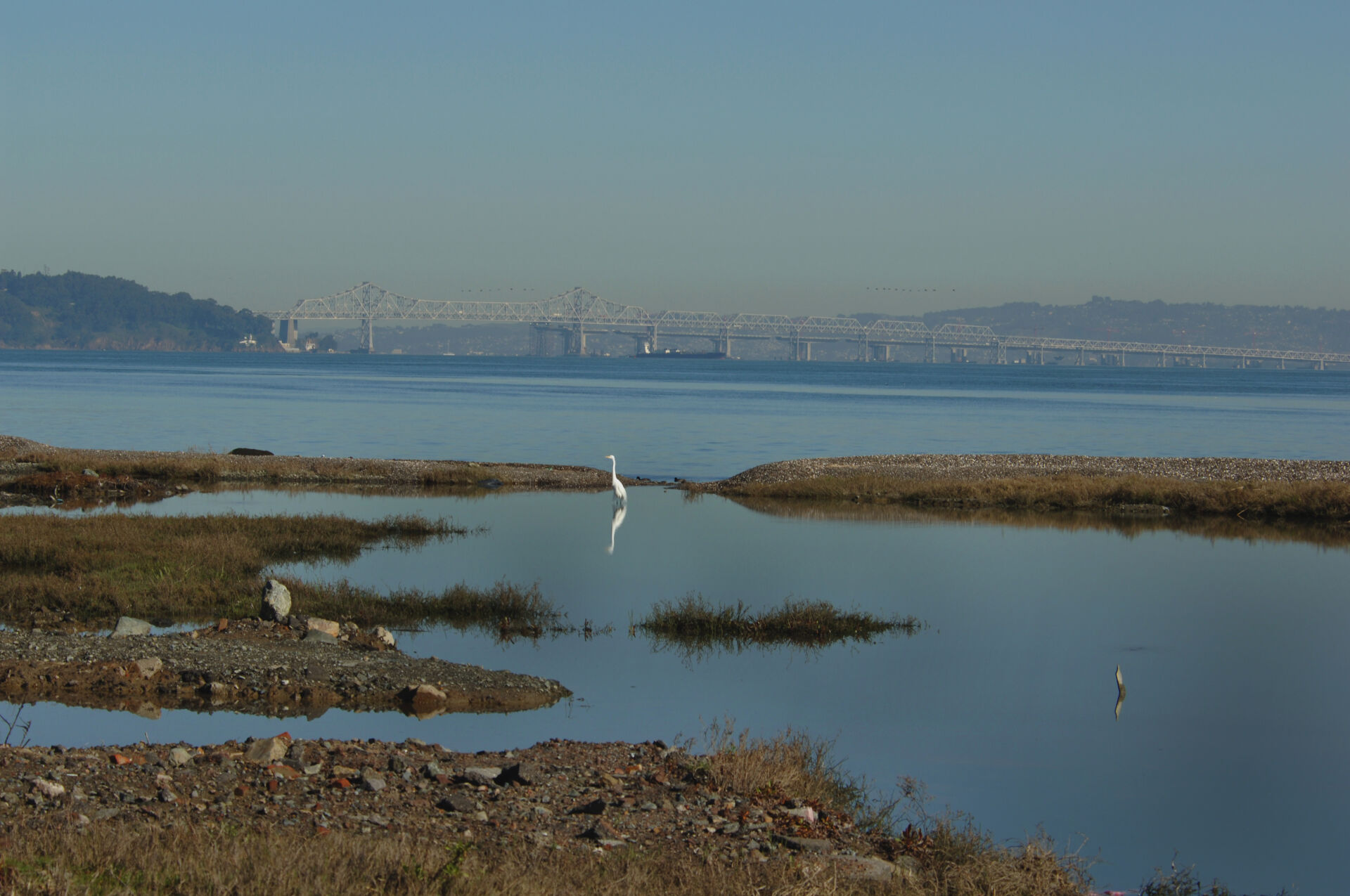The East Bay Regional Park District (EBRPD) is preparing a new District Plan and is seeking public comment from Alameda and Contra Costa residents. Make your voices heard and stand up for birds and their habitat by completing the online survey by July 31, 2025.
The District Plan will be a high-level document,summarizing and mapping existing conditions, identifying trends, documenting staff and community input about the future of the Park District, and providing strategies and priorities to achieve the Park District’s vision. More information about the Plan and the EBRPD can be found on their website.
With over 126,000 acres of parklands and open space across 73 parks, representing all of our Bay Area ecosystems, these parks provide critical habitat for a huge range of plants and animals. There are many human uses of our park spaces that sometimes conflict with protecting this incredible biodiversity. It’s important that we all speak up for bird and wildlife habitat as we plan for the future of the regional parks.
You can consider these points when you complete the online survey. Note: your response will have more impact if you put them in your own words.
1. What is your vision for the future of regional parks in the East Bay?
- Regional parks should be considered refuges for wildlife and biodiversity as they face the dual threats of habitat loss and climate change. Parklands and open spaces are critically important to providing habitat for wildlife including birds, insects, plants, and other animals, especially in our human-dense urban and suburban areas. Without habitat in regional parks, many indigenous plants and animals have nowhere else to go in the region. Protecting wildlife habitat and biodiversity should be the priority of the District Plan and EBRPD management strategies.
- Long-term planning and vision should consider impacts of climate change on wildlife habitat. Regional parks should manage parkland to improve our resilience to climate impacts. Climate change will cause sea levels to rise, removing current shoreline habitat. Additionally, both fires and storms will become more frequent and severe, requiring creative management strategies to adapt.
- All operational decisions such as trail use and placement, recreational activities, vegetation management, placement of pet areas, new land acquisition, maintenance, and infrastructure, should prioritize protection of wildlife and biodiversity.
- Regional parks should be places where East Bay residents can experience wild and thriving nature close to home, where low-impact activities are prioritized to protect ecosystems and wildlife.
- The East Bay Regional Park District are first and foremost protectors and stewards of our incredible Bay Area ecosystems and the plants and animals that call them home.
2. What do you want and need to make your experience in the parks even better?
- Better enforcement of park rules such as on-leash dog areas, preventing visitors from feeding wildlife or free-roaming cats, removing free-roaming cats from parks, and preventing social trail creation.
- Better ongoing management and removal of invasive species, encouraging the health of native plant species to support ecosystem functions.
- Improved trail markers for park interpretation, education, and authorized trail uses.
- Improved maintenance of facilities such as bathrooms and drinking fountains.
3. How could our parks welcome visitors that represent the full range of the growing and diverse communities nearby?
- Increased access to parks from public transit, using partnerships with existing public transit agencies.
- Protected bicycle and pedestrian corridors connecting parks.
- Listening sessions with target communities to hear their needs and interests in park experiences.
- Providing interpretation and education opportunities in their primary language.
4. How could our parks protect land, water, plants, animals, historic sites, and places of cultural significance?
- Staff park rangers to better enforce existing park rules.
- Staff biologists and natural resources managers to continue to study the wildlife present and how best to protect and manage parks for ecosystem health and biodiversity.
- Site trails, picnic areas, and high-use areas away from quality habitat.
- Site off-leash dog areas away from quality habitat.
- Ensure all buildings have bird-safe glass treatments and downward pointed lighting, turned off whenever not in use.
- Implement management plans for invasive species, both plant and animal.
- Use science-based approaches to reduce fire fuel, promoting ecosystem health and better after-fire recovery.
- Do not prune or remove trees during the bird nesting season.
- Do not mow areas where there are known ground nesting birds during the bird nesting season.
- Engage the public in stewardship and educational opportunities.

